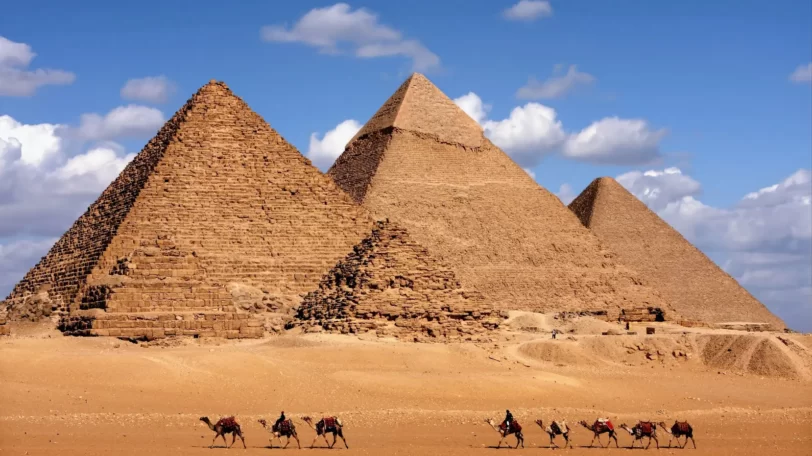Throughout history, human civilization has crafted awe-inspiring structures and monuments that have left a lasting mark on our collective consciousness. Among these remarkable achievements, the “Seven Wonders of the Ancient World” stand out as a testament to the ingenuity and craftsmanship of our ancestors. In this blog post, we’ll embark on a journey back in time to explore these wonders and uncover the mysteries that surround them.
1. The Great Pyramid of Giza – Egypt
Standing proudly on the Giza Plateau, the Great Pyramid of Giza is the sole survivor among the Seven Wonders. Constructed as a tomb for the Pharaoh Khufu, this colossal pyramid has intrigued scholars and travelers for centuries. Its precise engineering and astronomical significance continue to baffle experts, sparking debates about the methods used by ancient Egyptians to transport and lift the massive stone blocks.

2. The Hanging Gardens of Babylon – Iraq
The Hanging Gardens of Babylon, shrouded in myth and legend, have left an enduring impression on our imagination. These terraced gardens, purportedly built by King Nebuchadnezzar II for his homesick wife, featured lush greenery and exotic plants. While their existence remains disputed, the idea of a lush oasis soaring in the heart of the ancient city of Babylon is a testament to human creativity and desire for beauty.
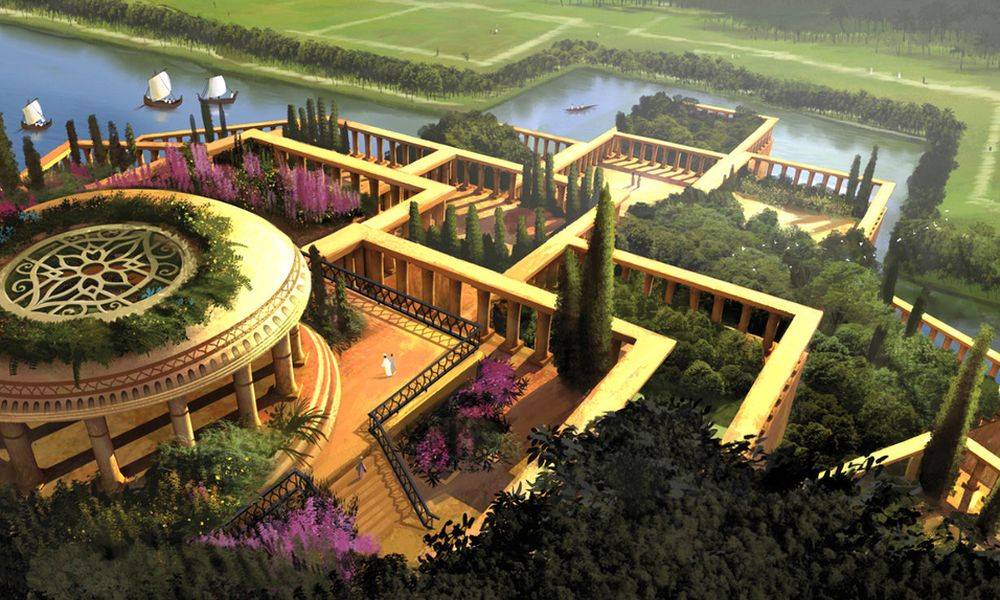
3. The Statue of Zeus at Olympia – Greece
In ancient Olympia, Greece, stood the magnificent Statue of Zeus, a creation of the renowned sculptor Phidias. This colossal statue depicted the king of the Greek gods, Zeus, and adorned the Temple of Zeus. Its grandeur and intricate craftsmanship celebrated Greek mythology and culture, captivating those who beheld it.

4. The Temple of Artemis at Ephesus – Turkey
Dedicated to the goddess Artemis, the Temple of Artemis at Ephesus was a marvel of architecture and religious devotion. Over the centuries, this temple underwent multiple constructions and renovations, each more impressive than the last. The temple’s colossal size and exquisite decorations earned it a place among the Seven Wonders.
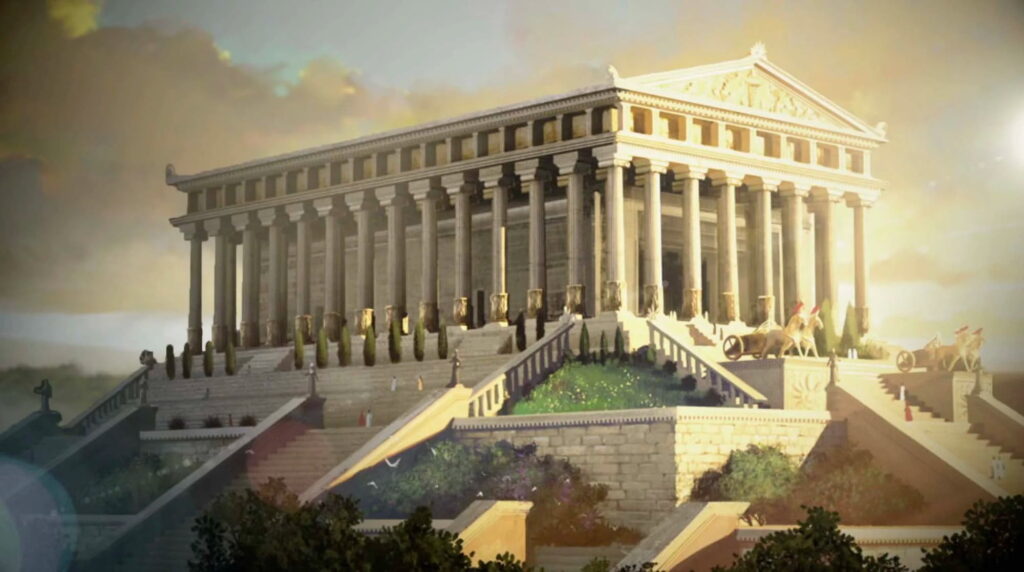
5. The Mausoleum at Halicarnassus – Turkey
The Mausoleum at Halicarnassus was a monumental tomb erected for Mausolus and his wife Artemisia II, rulers of Caria in ancient Turkey. Its design blended various architectural styles and featured intricate sculptures and reliefs. The word “mausoleum” itself derives from this remarkable structure, signifying a grand tomb.
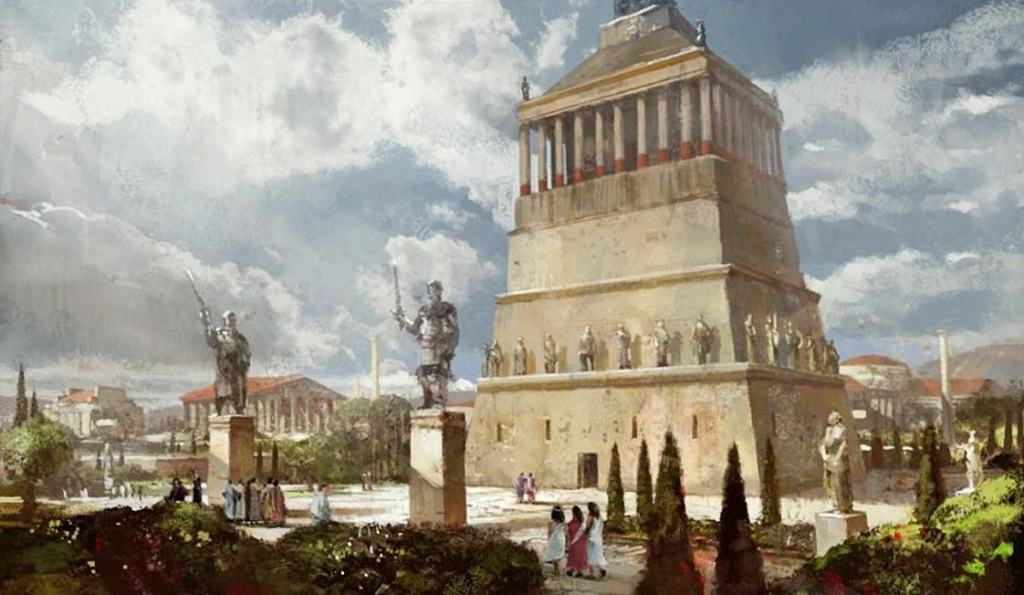
6. The Colossus of Rhodes – Greece
Guarding the entrance to the harbor of Rhodes, the Colossus of Rhodes was a colossal bronze statue of the sun god Helios. Though it stood for only a few decades before an earthquake toppled it, the image of this imposing figure astride the harbor left an indelible mark on the ancient world.
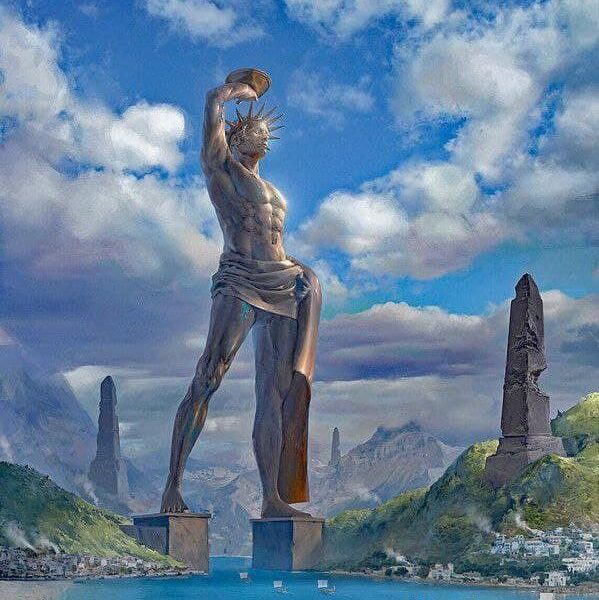
7. The Lighthouse of Alexandria – Egypt
The Lighthouse of Alexandria, located on the island of Pharos near Alexandria, Egypt, was a marvel of ancient engineering. Its tall tower served as a beacon for sailors navigating the Mediterranean, guiding them safely to the harbor. This structure symbolized the importance of Alexandria as a center of trade and knowledge.

These Seven Wonders of the Ancient World continue to inspire wonder and curiosity in people worldwide. While some have crumbled into history, others endure as archaeological treasures and symbols of human ambition. They remind us of our ancestors’ dedication to creating enduring monuments that transcend time and continue to captivate our imaginations. Whether real or mythical, these wonders ignite our sense of wonder and curiosity, reminding us of the enduring human quest for beauty, knowledge, and achievement.


